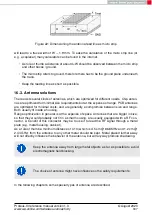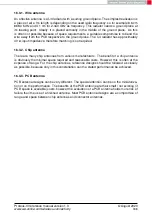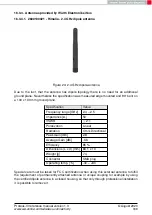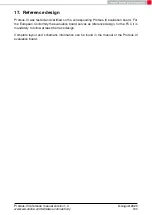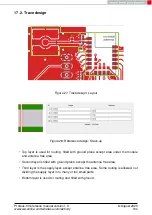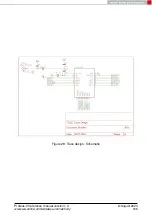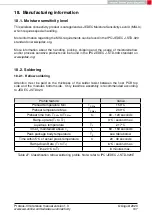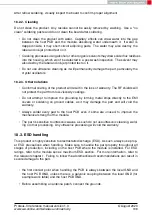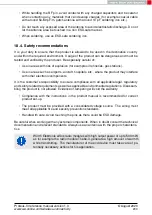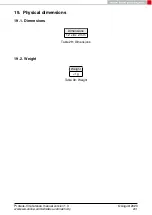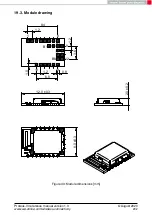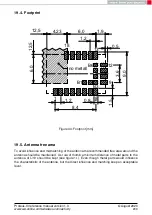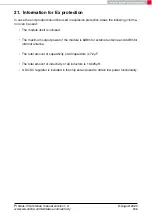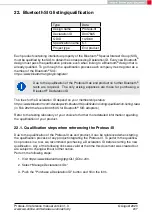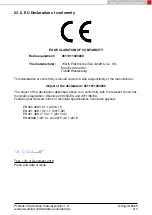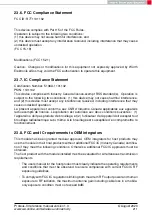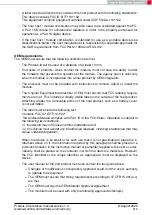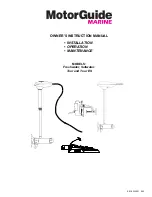
After reflow soldering, visually inspect the board to confirm proper alignment
18.2.2. Cleaning
Do not clean the product. Any residue cannot be easily removed by washing. Use a "no
clean" soldering paste and do not clean the board after soldering.
• Do not clean the product with water. Capillary effects can draw water into the gap
between the host PCB and the module, absorbing water underneath it. If water is
trapped inside, it may short-circuit adjoining pads. The water may also destroy the
label and ink-jet printed text on it.
• Cleaning processes using alcohol or other organic solvents may draw solder flux residues
into the housing, which won’t be detected in a post-wash inspection. The solvent may
also destroy the label and ink-jet printed text on it.
• Do not use ultrasonic cleaning as it will permanently damage the part, particularly the
crystal oscillators.
18.2.3. Other notations
• Conformal coating of the product will result in the loss of warranty. The RF shields will
not protect the part from low-viscosity coatings.
• Do not attempt to improve the grounding by forming metal strips directly to the EMI
covers or soldering on ground cables, as it may damage the part and will void the
warranty.
• Always solder every pad to the host PCB even if some are unused, to improve the
mechanical strength of the module.
• The part is sensitive to ultrasonic waves, as such do not use ultrasonic cleaning, weld-
ing or other processing. Any ultrasonic processing will void the warranty.
18.3. ESD handling
This product is highly sensitive to electrostatic discharge (ESD). As such, always use prop-
er ESD precautions when handling. Make sure to handle the part properly throughout all
stages of production, including on the host PCB where the module is installed. For ESD
ratings, refer to the module series’ maximum ESD section. For more information, refer to
the relevant chapter
. Failing to follow the aforementioned recommendations can result in
severe damage to the part.
• the first contact point when handling the PCB is always between the local GND and
the host PCB GND, unless there is a galvanic coupling between the local GND (for
example work table) and the host PCB GND.
• Before assembling an antenna patch, connect the grounds.
Proteus-III reference manual version 1.3
© August 2020
www.we-online.com/wireless-connectivity
199



